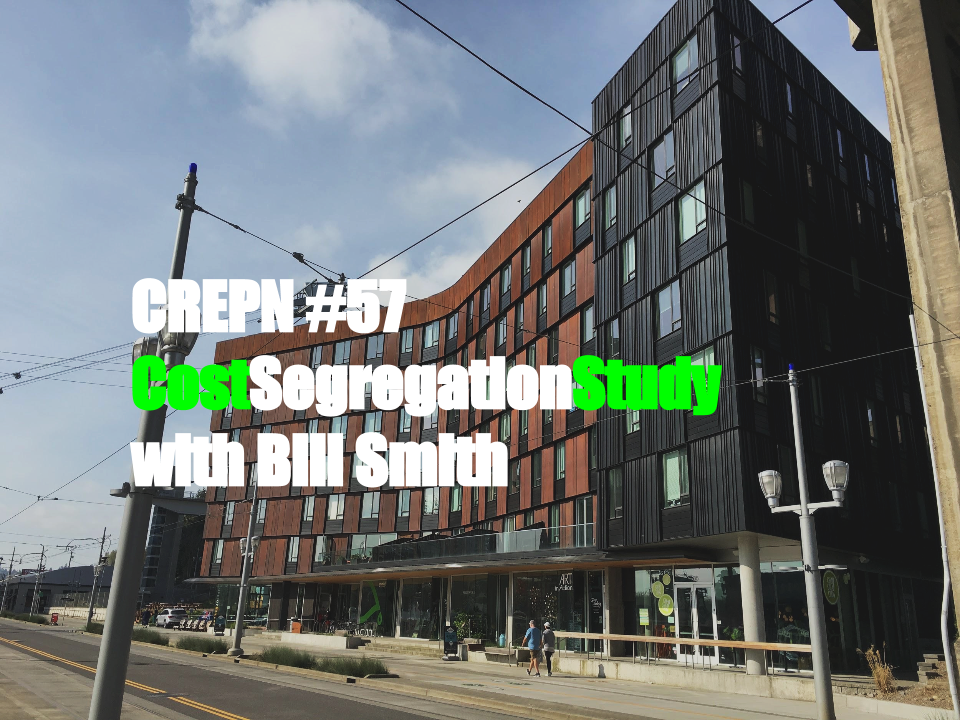
09 Sep CREPN #57 Cost Segregation Study with Bill Smith
Bill Smith[/caption] Commercial Real Estate performance can be greatly improved using a Cost Segregation Study. A better performing property carries a greater tax burden. To off set the taxes due, commercial property owners looking for more deductions are turning to cost segregation study’s. To get a better understanding of how cost segregation works, I spoke with Bill Smith with ELB Consulting LLC. [x_audio_embed][/x_audio_embed] Companies have been accelerating the depreciation of components for years. Hospital Corporation of America (HCA) brought a lawsuit in 1997, and the IRS acquiesced. This set the stage for IRS guidelines formally established in 2004. Cost Segmentation is not a tax loop-hole, but a recommended practice by the IRS. Bill compares cost segregation specialist to treasure hunters, “in that we find significant cash in your walls, floors, ceiling, etc. in the form of tax deductions. By breaking a building into it component parts, we reclassify certain components from 39 or 27.5-year property to 5, 7 or 15-year property, increasing deductions and therefore improving cash flow.” Q: What type of items are identified to depreciate faster? A: Electrical systems, mechanical components and systems, plumbing, certain wall systems, build-in finishes, and details not necessary for the general purpose/function of the building. Q: When is the best time to perform a cost segregation study? A: A cost segregation study can be performed almost anytime; upon build, acquisition, renovation, or on an aged property that may have never taken advantage of this benefit. And, or if the owner could now use the cash flow or deduction. Q: Can a CPA do a cost segregation study? A: Some can, but it is better to have a specialist with full working knowledge of building construction and the new 2014 Repair & Maintenance Regulations impact. Q: What kind of buildings qualify for a CSS? A: Essentially any owned CRE property; whether income generating or owner occupied. So multi-family apartments (high rise or garden style), offices buildings, industrial, manufacturing, convenience stores, medical/hospitals, auto dealerships, car washes, strip centers or shopping malls, in-line or free standing retail/restaurants, self-storage, golf/resorts, fitness clubs, etc. Q: Are there eligibility criteria for the owner and/or the property? A: The owner must: * be a “for profit” entity, and have an I.R.S. tax liability. * have owned property less than 15 years (the actual property can be older). * have a minimum property valuation of $500,000, including renovations or expansions. * have a minimum of $300,000 in leasehold improvements or build outs. For a Cost Segregation Study Benefits Summary, click https://qc115.infusionsoft.com/app/form/cost-segregation-study For more information go to:www.elb360.com contact Bill Smith @bill@elbcostseg.com [author title=”About the Author”]]]>

